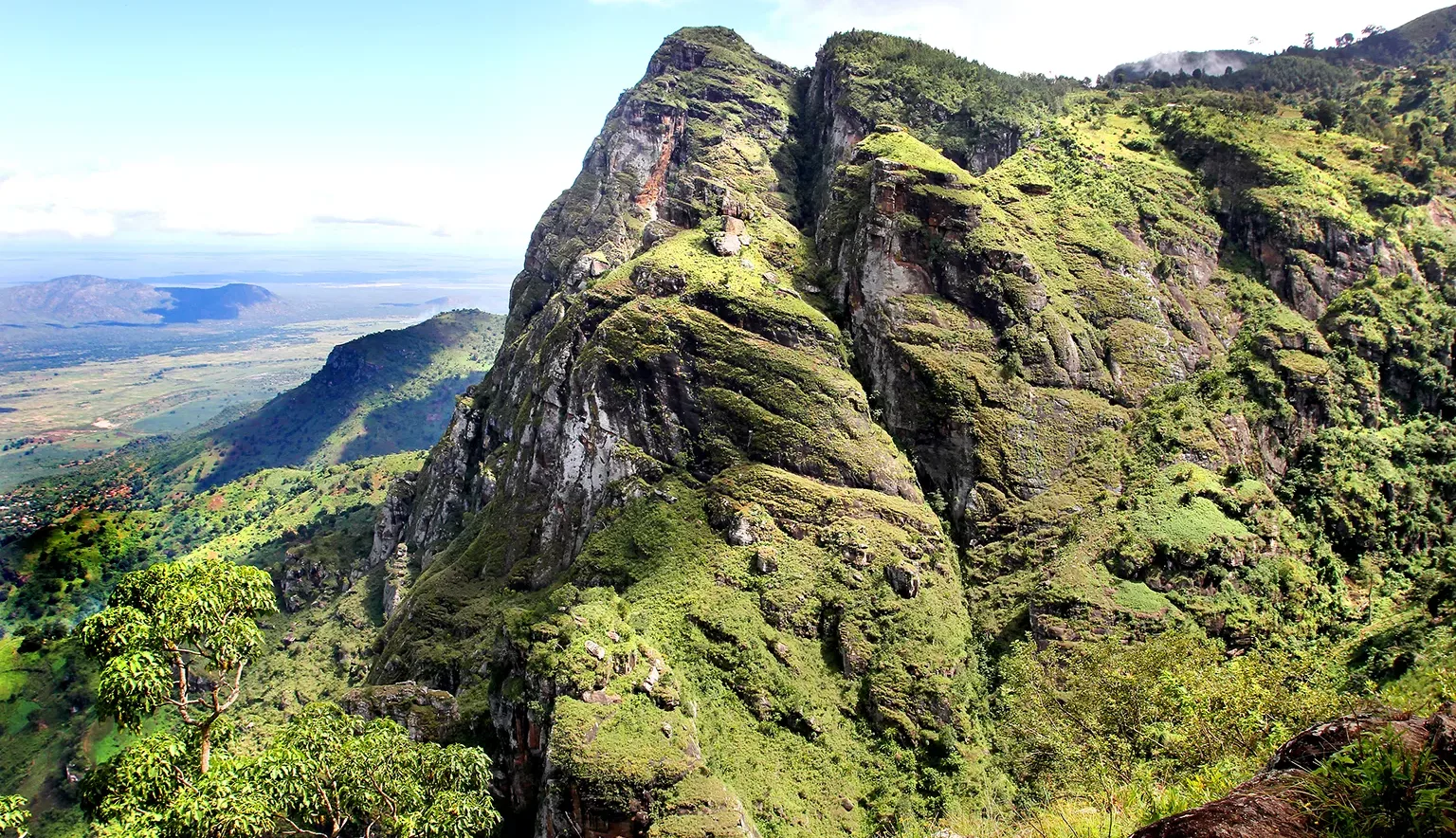Tanga, Tanzania‘s capital, was a thriving economic centre in the 1950s thanks to its thriving sisal industry (an agave plant with rough fibres used to make ropes, carpets and more), which attracted a sizeable population from Asia and Europe. These days it’s a quieter city with a sleepy charm and eclectic architecture, hugging the broad curve of Tanga Bay.
The streets of the city’s historic centre are lined with timeworn buildings from the German colonial period. They have a unique architectural style that incorporates elements of Arabic design and makes use of local materials such as coral stone and mangrove wood. To find out more about local history, head to the Urithi Tanga Museum, which contains several exhibitions of local artefacts.
Tanga has a wealth of restaurants, serving up everything from pizza to sizzlers. But we recommend visiting a local café or stall to try East African dishes such as eggs vindaloo, grilled mishkaki kebabs and kashata, a sweet peanut fudge.
If you want to get out on the water, book a boat tour that will take you on an excursion to nearby Toten Island, which is ringed with mangroves. Amongst the undergrowth you’ll find the remains of a 17th century mosque and a cemetery. Other nearby attractions include the Amboni Caves and Gallanos Hot Springs, both around eight kilometres from the city centre. It’s easy to reach the region’s beaches from the city too.


